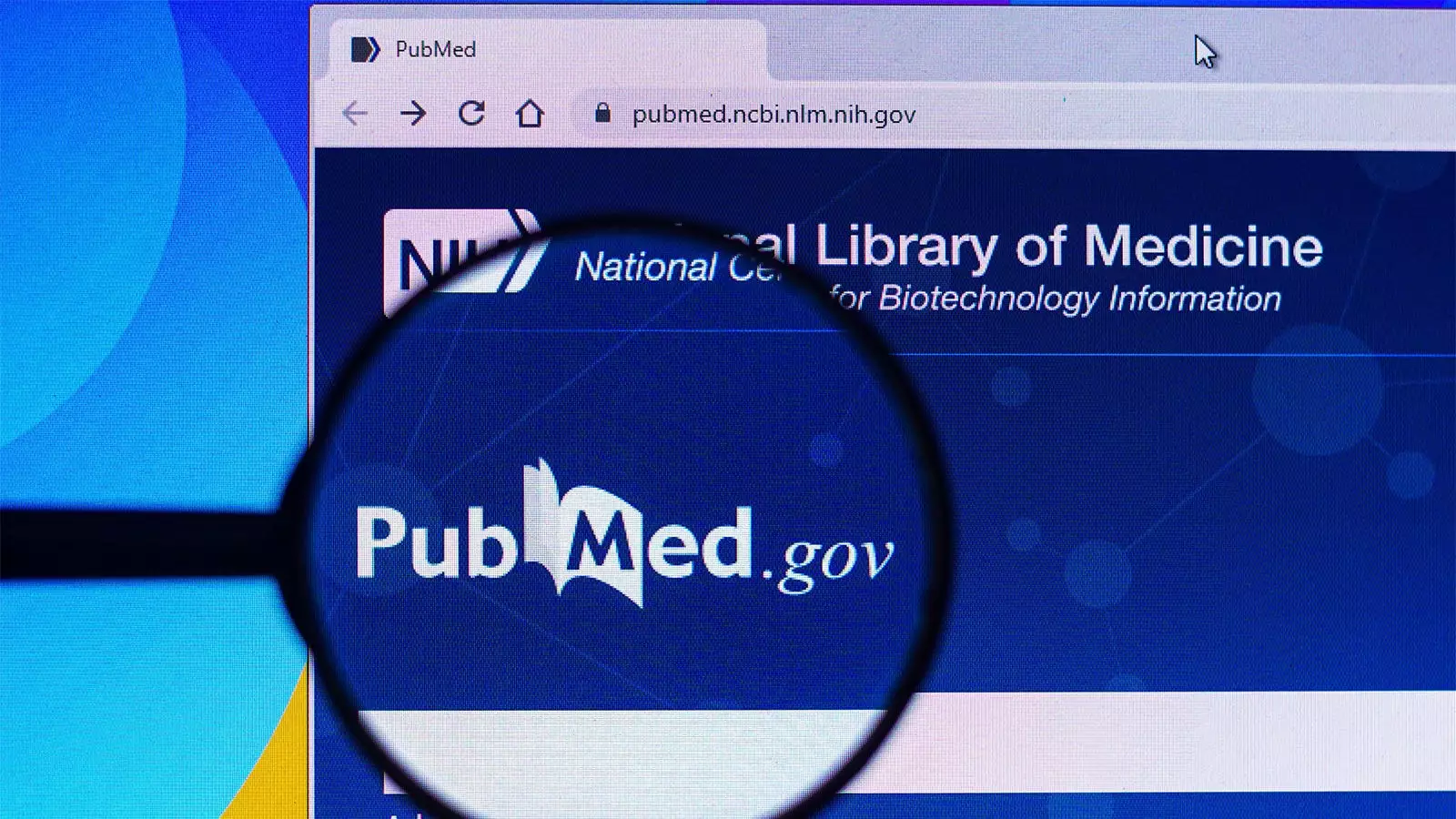In recent years, the academic community has witnessed an increased emphasis on transparency, particularly regarding potential conflicts of interest (COI) in scientific research. Despite significant advancements, many scientific journals still fail to effectively implement the available mechanisms for declaring these conflicts, especially in the context of PubMed. A repeated cross-sectional study indicates that while there has been some progress in the incorporation of COI statements into abstracts, the overall utilization remains alarmingly low.
According to the research led by Dr. Peter Lurie, a notable increase in COI disclosures has been documented—specifically, the number of journals that have included at least one article featuring a COI statement rose from 25.9% in 2016 to 33.2% in 2021. This is a welcome trend, yet it still falls short of an ideal standard where most journals would consistently provide this crucial information. Among all articles published yearly, the percentage that included COI statements on PubMed surged from a mere 9% to 43% during the same time frame. This disparity raises questions about the motivations behind insufficient transparency in research.
When focusing on the highest-impact journals, the statistics become even more concerning. Out of the approximately 4,000 articles published in these prestigious journals between 2021 and 2022, only 30.2% featured COI disclosures. Of these, a staggering 63.3% had also input their findings into the established PubMed COI field. Such figures indicate that even in journals that are widely regarded for their scientific rigor, there is a considerable gap when it comes to fully utilizing the resources made available for ethical transparency.
In 2017, the National Library of Medicine introduced a voluntary field specifically designed for COI statements on PubMed. This was a significant step toward elevating the standard of accountability in medical research. However, the study reveals that even now, many journals have not adopted this field, raising critical issues regarding access to essential information. Dr. Lurie suggests that the fundamental problem persists in the form of journals failing to use the available field altogether or inconsistently transferring data to PubMed.
This inefficiency points to a broader problem of inconsistency in the methodologies that journals apply when it comes to collecting and disclosing COI information. Variability among journals can lead to situations where significant conflicts are acknowledged within the article itself but fail to be recorded consistently in the accompanying electronic metadata.
The study identifies several barriers that hinder the integration of COI statements in a coherent manner. One prominent concern is the existence of variations in how journals document potential conflicts, which can lead to underreporting on PubMed. For instance, if a conflict is mentioned in a funding section but does not constitute a formally designated COI statement, that information remains absent from PubMed’s records.
Dr. Lurie’s analysis clearly indicates that there is a need for standardization across journals regarding how they approach COI disclosures. This inconsistency can significantly affect the way research is perceived, ultimately undermining public trust in the integrity of scientific findings.
To bridge the existing gap and improve the reporting of COI statements on PubMed, it is imperative for the National Library of Medicine to intensify its outreach efforts. Education campaigns aimed at journal editors and researchers can raise awareness about the importance of utilizing the available COI field. Journals looking to enhance their transparency can also leverage existing coding frameworks designed for efficient reporting of COI disclosures.
The push for universal disclosure of COIs reflects a growing recognition that transparency is not merely an ethical obligation but a foundational element that supports the credibility of the scientific process. By fostering a culture of accountability, journals ensure that the consumer of scientific literature has access to critical information that informs their decision-making processes.
The rise in the utilization of COI statements within scientific abstracts represents a step forward, yet it also lays bare the deep-rooted systemic issues that have been carried forward within the world of scientific publishing. Continued advocacy for clearer and more consistent reporting practices is essential for enhancing transparency in research. As more journals embrace the standards set forth by platforms like PubMed, the scientific community can move closer to achieving the ultimate goal of trustworthy and credible research. It is time for all stakeholders to prioritize transparency, ensuring that future generations of researchers uphold the integrity of the scientific process.


Leave a Reply